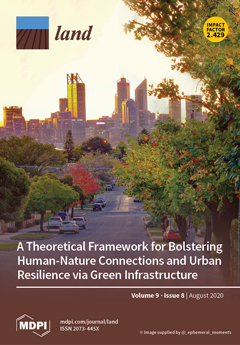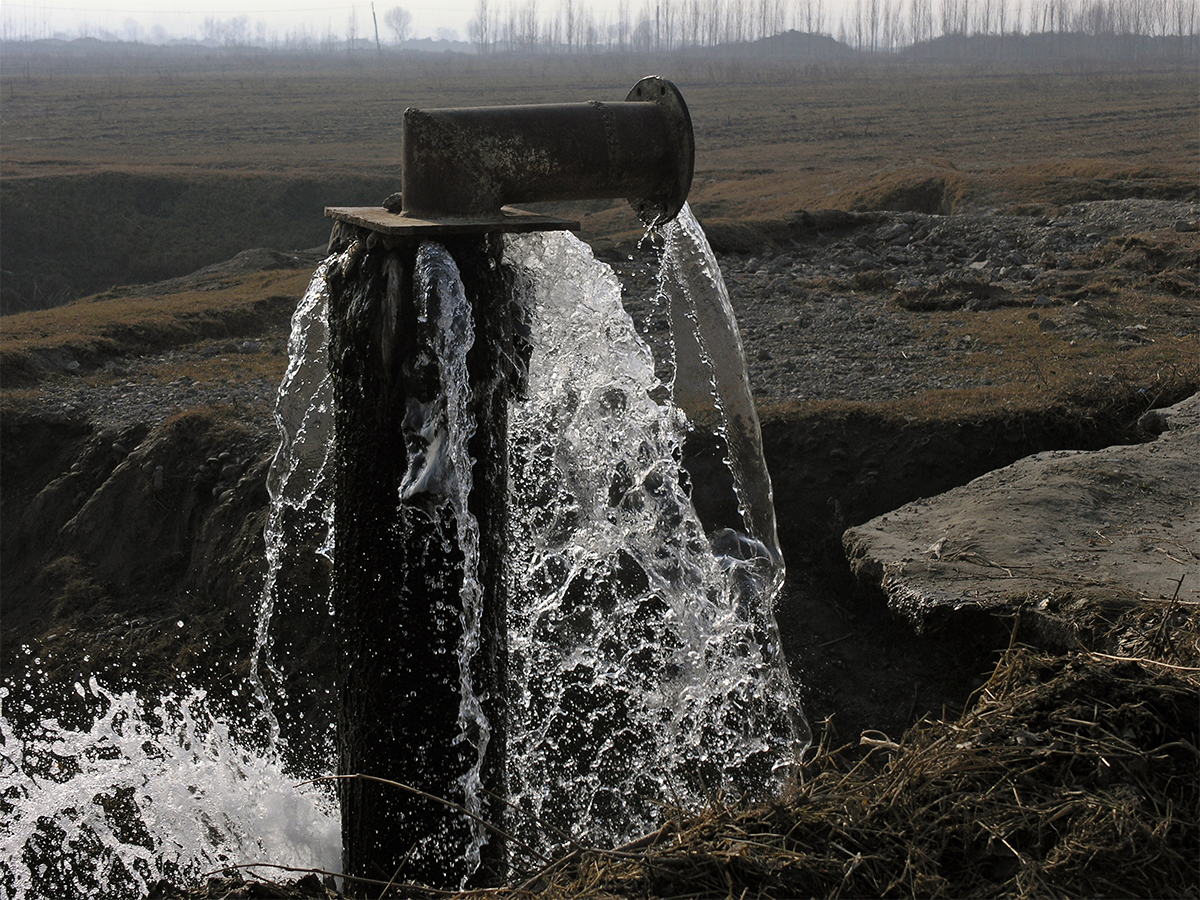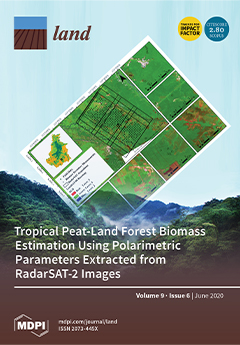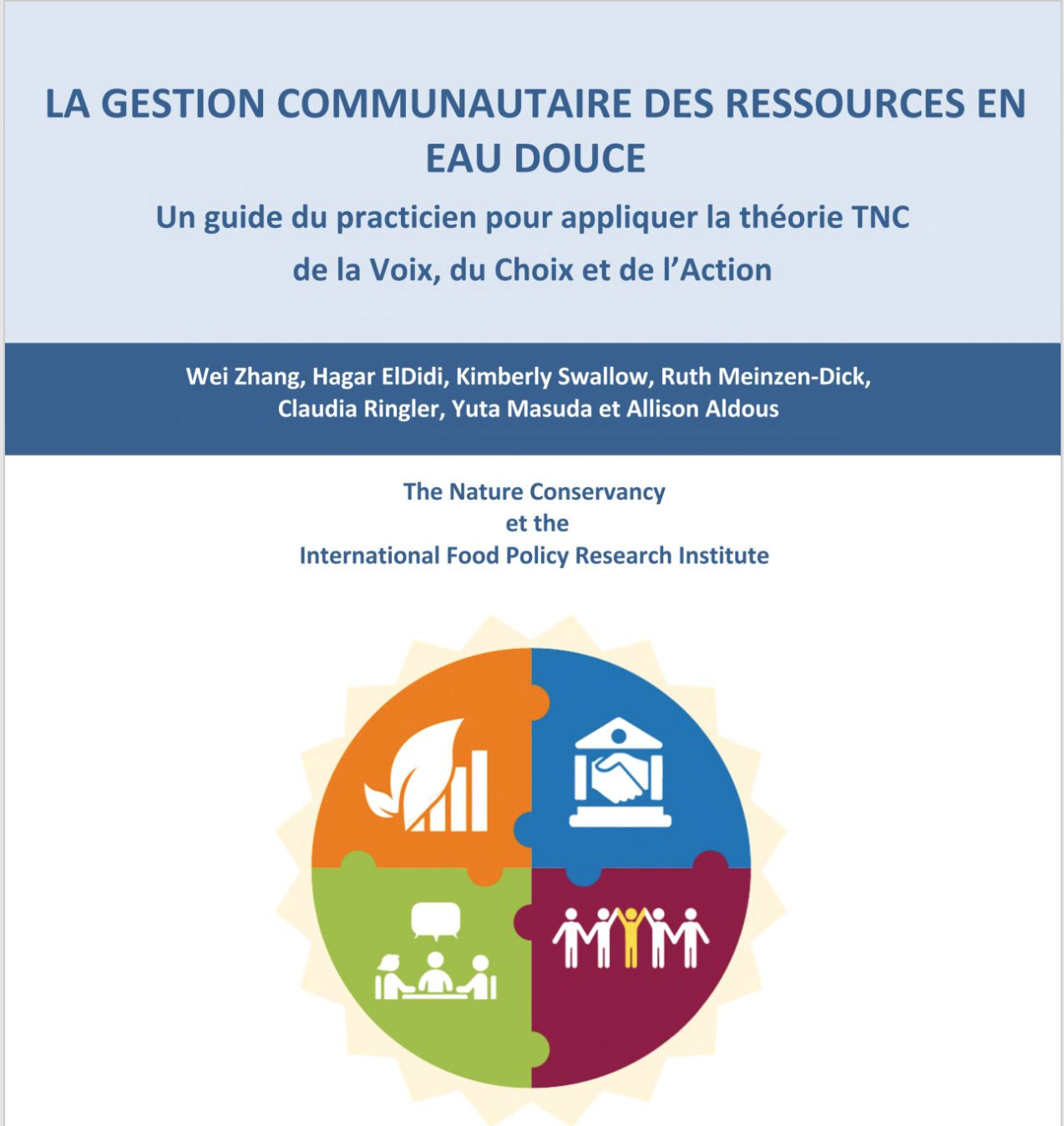Where Do Ecosystem Services Come From? Assessing and Mapping Stakeholder Perceptions on Water Ecosystem Services in the Muga River Basin (Catalonia, Spain)
Reductions in water availability and increasing rainfall variability are generating a narrative of growing competition for water in the Mediterranean basin. In this article, we explore the distribution and importance of water resources in the Muga River Basin (Catalonia, Spain) based on key stakeholders’ perceptions. We performed a sociocultural evaluation of the main water ecosystem services in the region through stakeholder interviews and participatory mapping.








